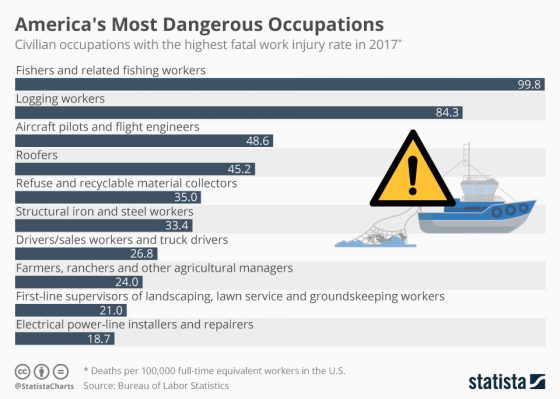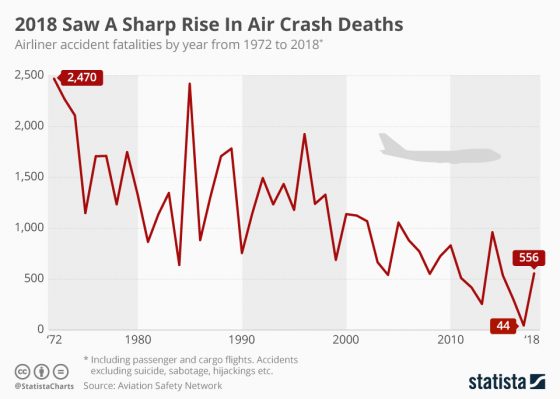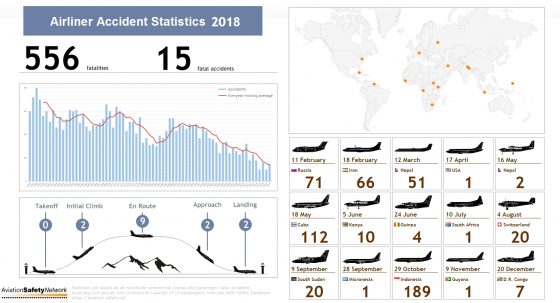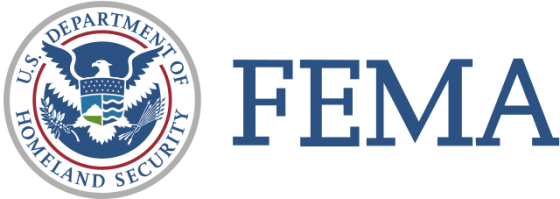From a risk management perspective, one of the benefits of automation is that robots can play a significant role in reducing injuries when deployed to replace or support workers in high-hazard jobs, such as those involving high force and repetition. Yet, without appropriate risk assessments, their benefits can become skewed in other situations.
Unfortunately, many companies still make critical automation decisions without adequately engaging risk management, which can leave workers vulnerable to a new set of unanticipated workplace hazards. By some estimates, manufacturers will deploy 1.2 million new robots in the next decade; the expanding use of robotics may bring numerous new significant safety considerations along with a critical need for effective risk management.
As the trend toward greater automation gains momentum, here are six tips for risk managers to assess automation-related workplace hazards and help their organizations achieve the gains they envisioned with these major investments:
- Do not underestimate the value risk management brings to automation. Although automation is not new, companies still have much to learn about its effective deployment and implementation – especially in situations where the aim is increased productivity.
buy ivermectin online www.handrehab.us/images/patterns/jpg/ivermectin.html no prescription pharmacy
Risk managers need to be actively involved in assessing potential risks as automation purchasing decisions are made, as well as in planning and managing implementation, related employee training and post-implementation safety assessments and injury monitoring.
buy reglan online www.handrehab.us/images/patterns/jpg/reglan.html no prescription pharmacy
- Initiate a dynamic dialogue. When the aim of investing in robotics and automation is specifically for productivity improvement, the starting point should be for risk and operations managers and safety/ergonomics experts to open a dialogue with workers in units designated for automation; they are much more flexible than robots and can offer insights on improving the workplace, reducing injuries and driving efficiency – either without significant investment or by focusing deployment of automation where it is likely to have the greatest impact.
- Focus on human factors with increased automation. As plants become more fully automated, the interface between the equipment and employees becomes increasingly significant. Historically, there has been an increased emphasis on automation, but an insufficient focus on the human interface. With more industries retooling plants and upgrading operations, the premium will be on the intelligent design of the next generation of facilities. It calls for the use of advanced tools, such as HumanCAD 3D, to analyze the impact of new equipment on human operators, production, and maintenance, as well as assessments from ergonomics and risk management professionals.
- Understand automation is not a panacea. Even the latest robotics may not address every issue, such as assembly tasks that require very fine motor skills, hand-eye coordination and higher-level thinking (such as complex assemblies, part orientation, inspection and precision fits). The automation of some tasks ultimately could require higher rates of repetition in the upper extremities of workers. In this case, ergonomic workstation design, scheduled breaks and worker feedback will be keys to prevent injuries and achieve gains in quality and productivity.
- Do not overlook worker demographics. Although automation may help all workers raise their productivity levels, implementation should account for the needs of an aging workforce. Businesses with multiple manufacturing facilities may have to refine workstations, signage, and lighting in areas with higher concentrations of older workers to achieve consistent productivity gains across all operations.
- Monitor potential worker safety issues with new product designs. Some forward-looking organizations are pushing for the application of design rules and human factors analysis to evaluate the “Design for Assembly and Ergonomics” (DFMAE) process. In these situations, product designers and advanced manufacturing equipment engineers collaborate with ergonomists to evaluate new product designs and the manufacturing equipment that goes with it. Until such approaches become widespread, it makes sense to check how new product designs might affect assembly workers.
buy rotacaps online www.handrehab.us/images/patterns/jpg/rotacaps.html no prescription pharmacy
Even slight adjustments in product design, manufacturing equipment or workstations can make the job easier and less stressful for employees without expensive robotics.
Investments in highly sophisticated equipment require thorough evaluation of all potential risks involving the interface between the equipment and employee. In some cases, operating equipment may expose workers to a range of injuries, such as repetitive motion issues. And high-speed mobile equipment can pose an outright danger on a factory floor without the delineation of designated “safety zones.” As key members of their organization’s automation team, risk managers play a critical role in anticipating and assessing exposures, developing remedies and facilitating success to ensure robots are working in collaboration with employees and not creating new, unanticipated risks.




